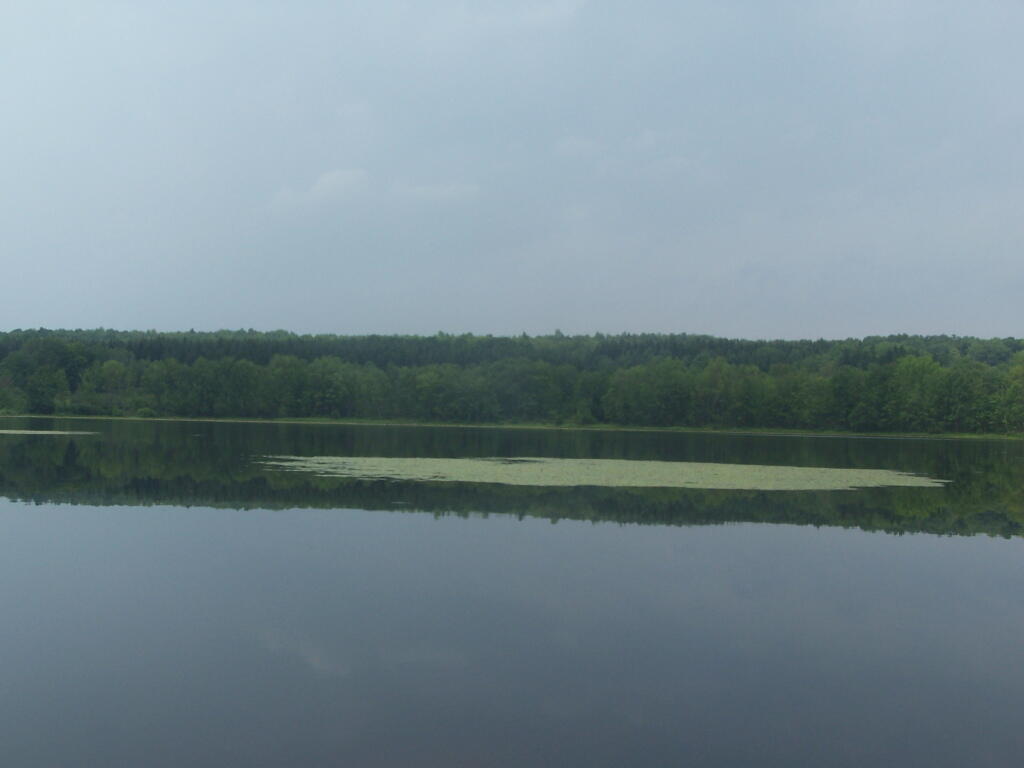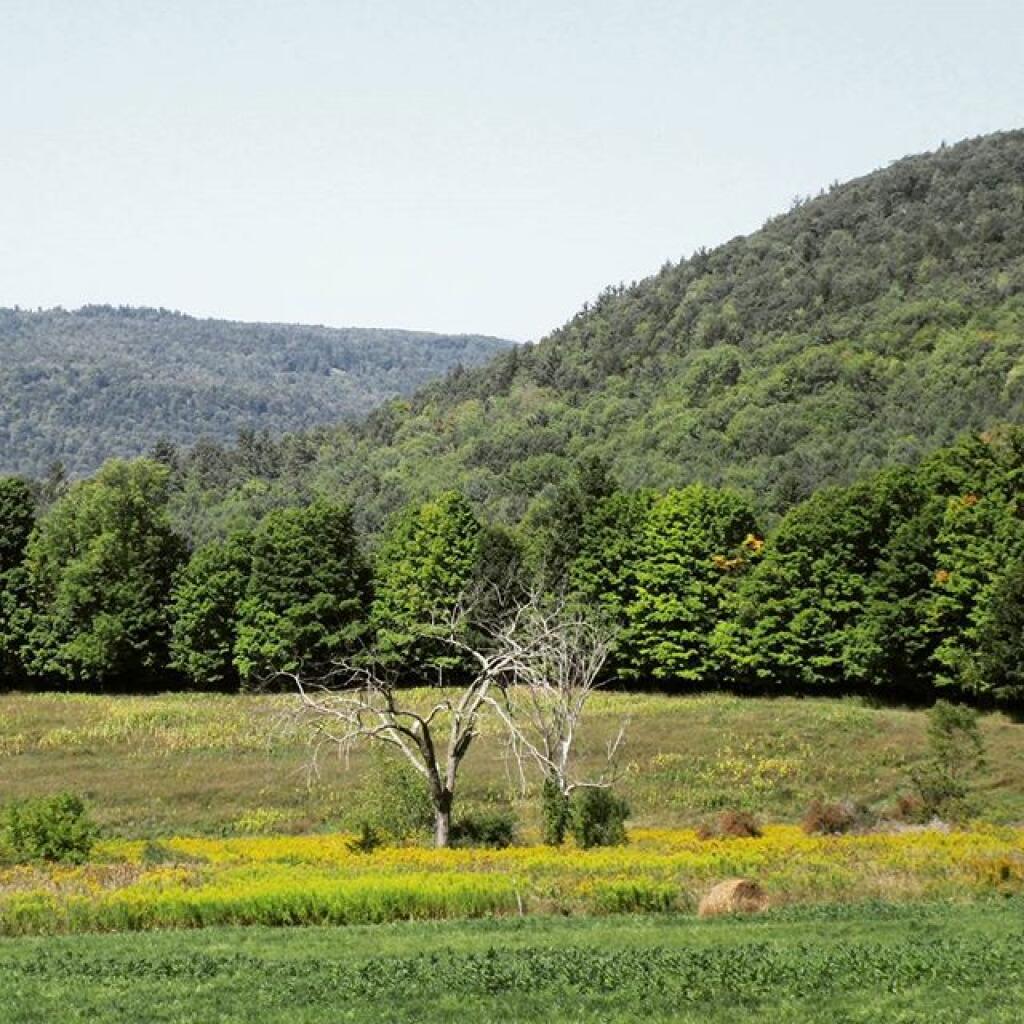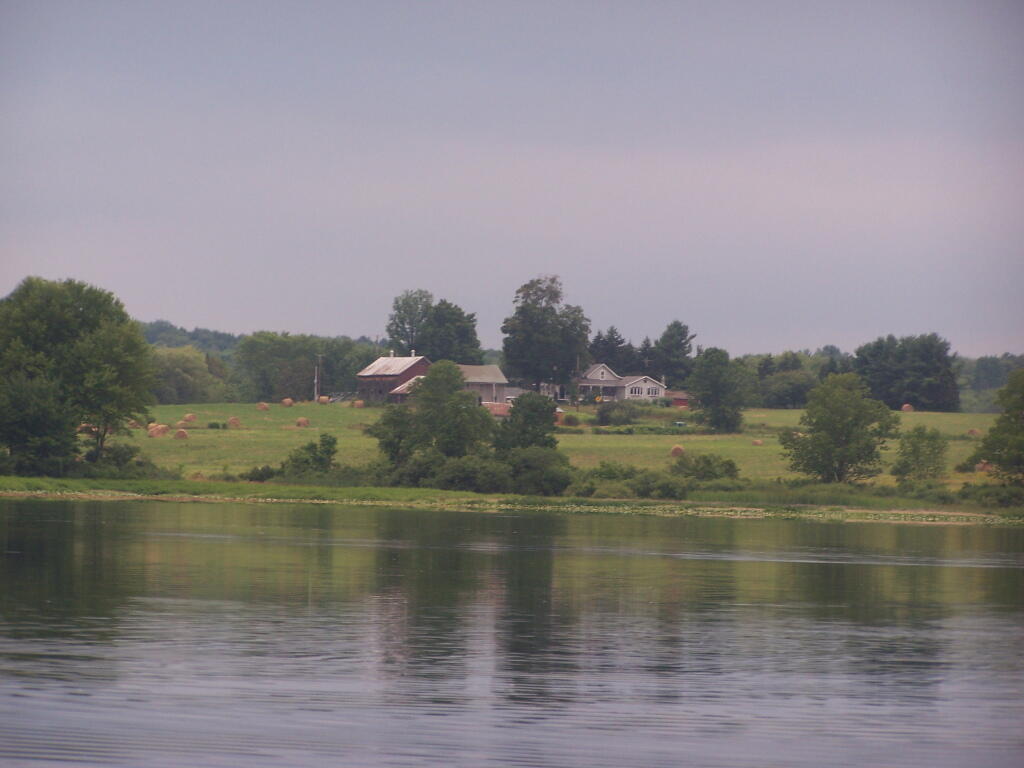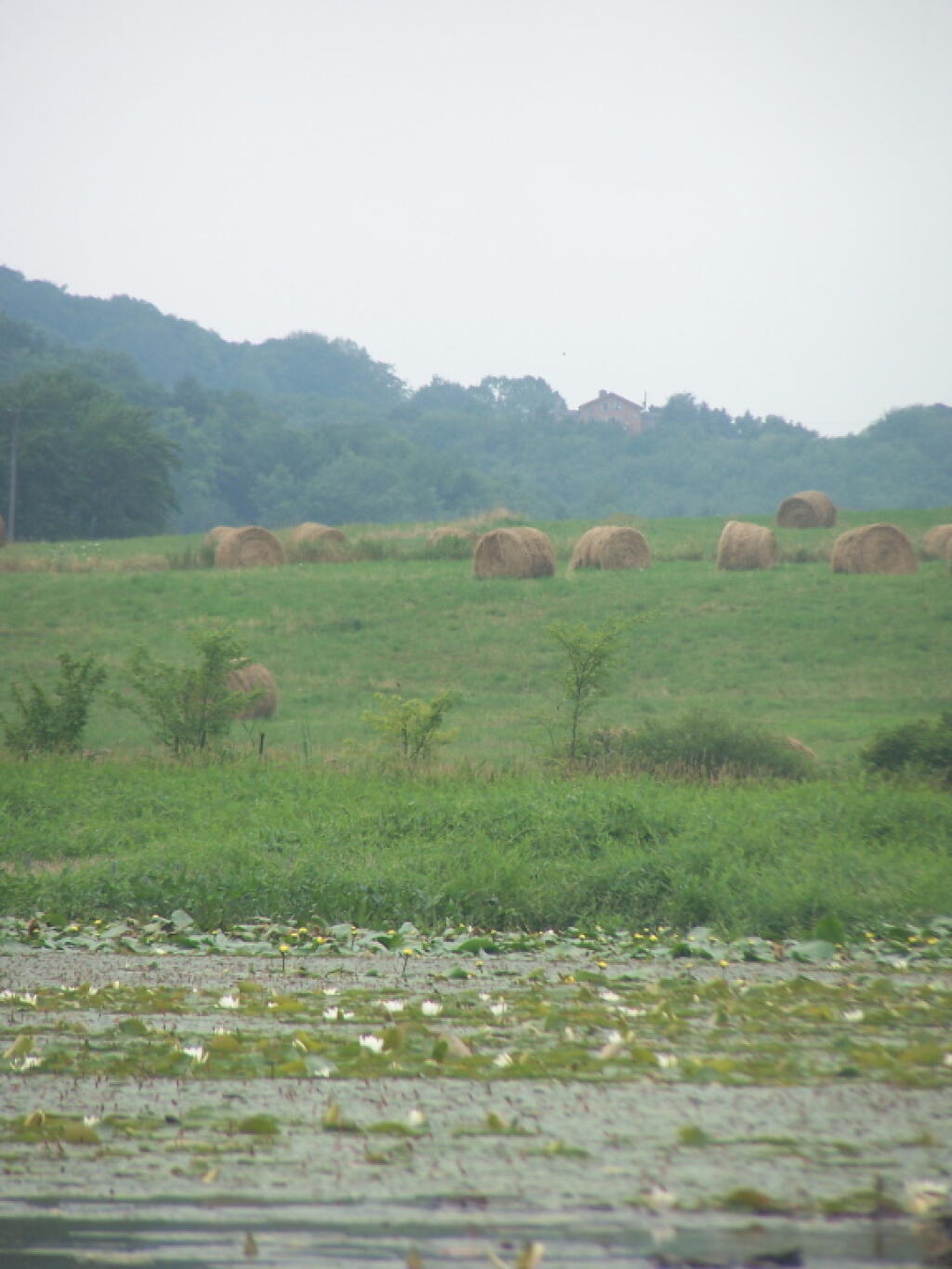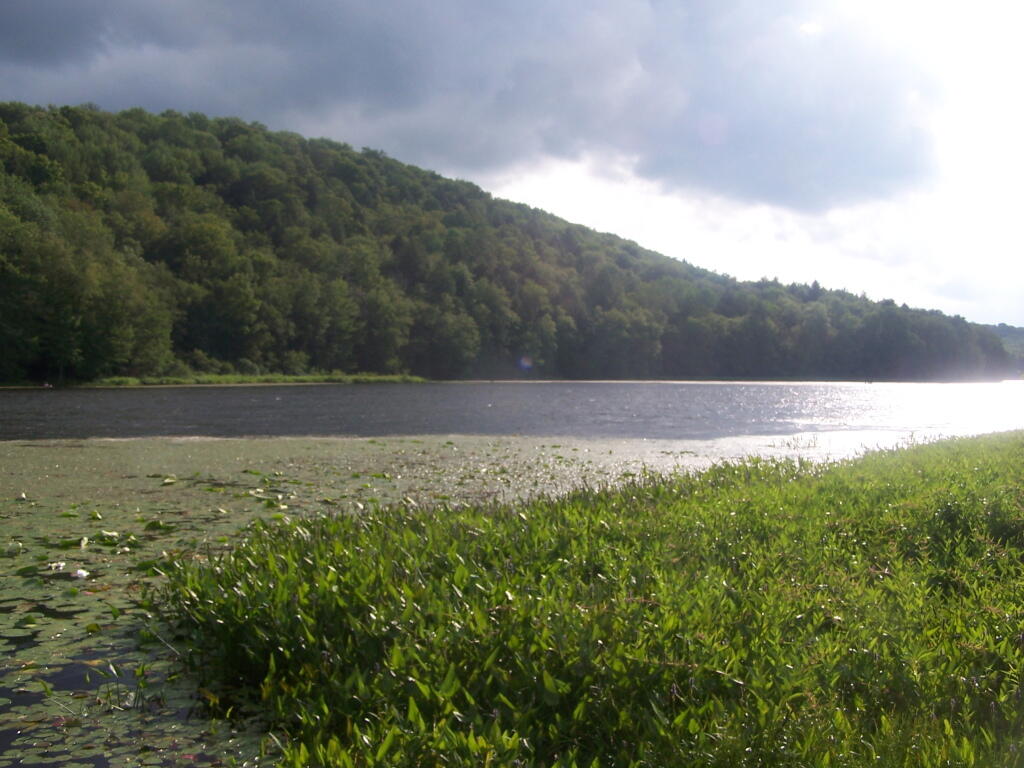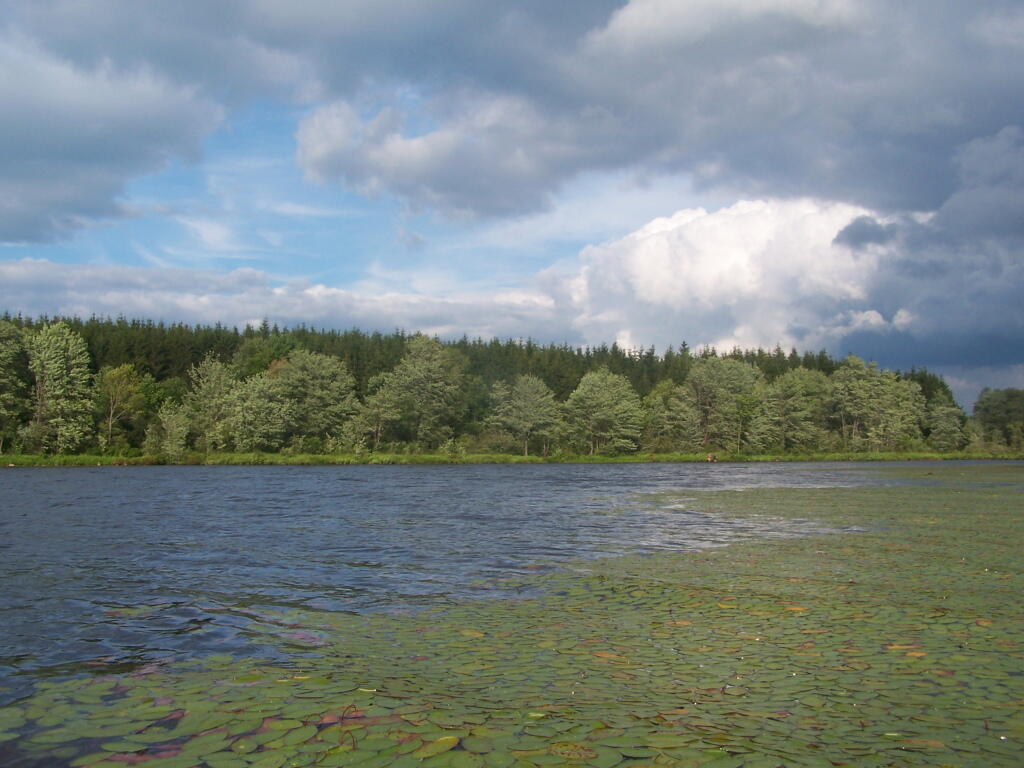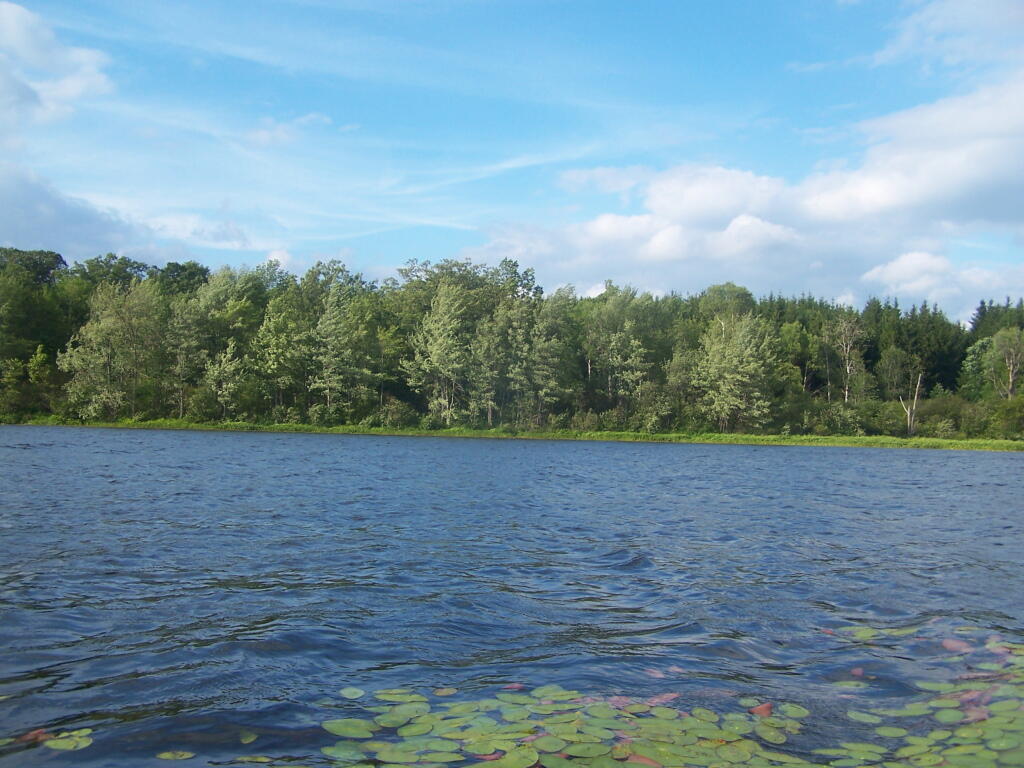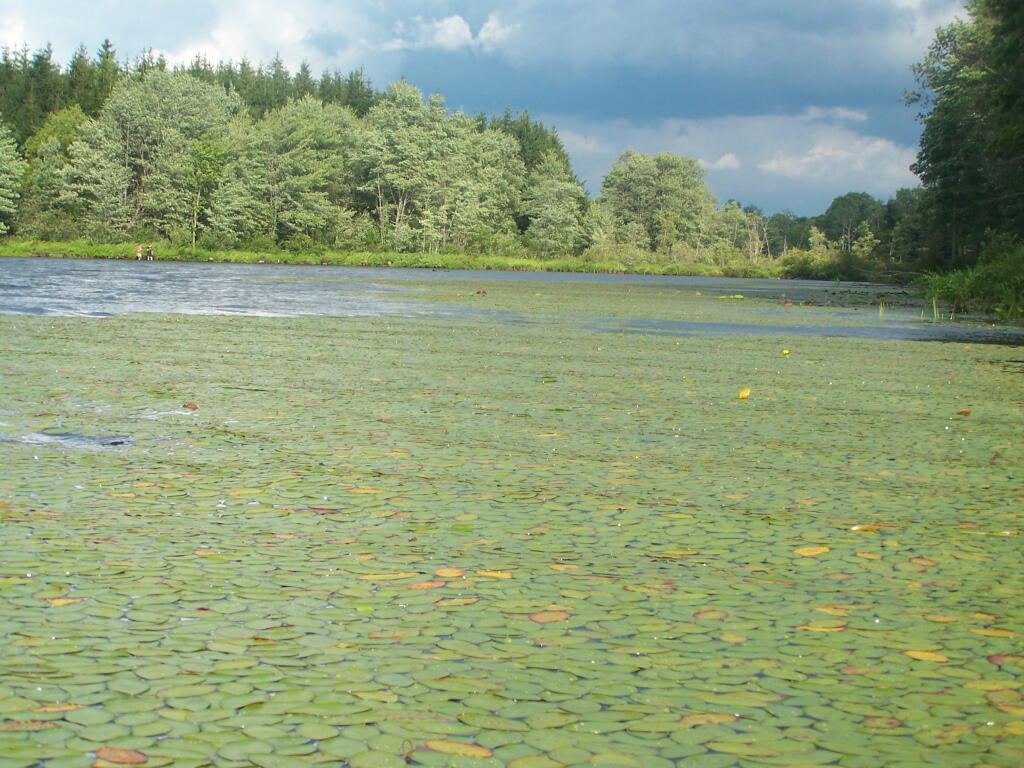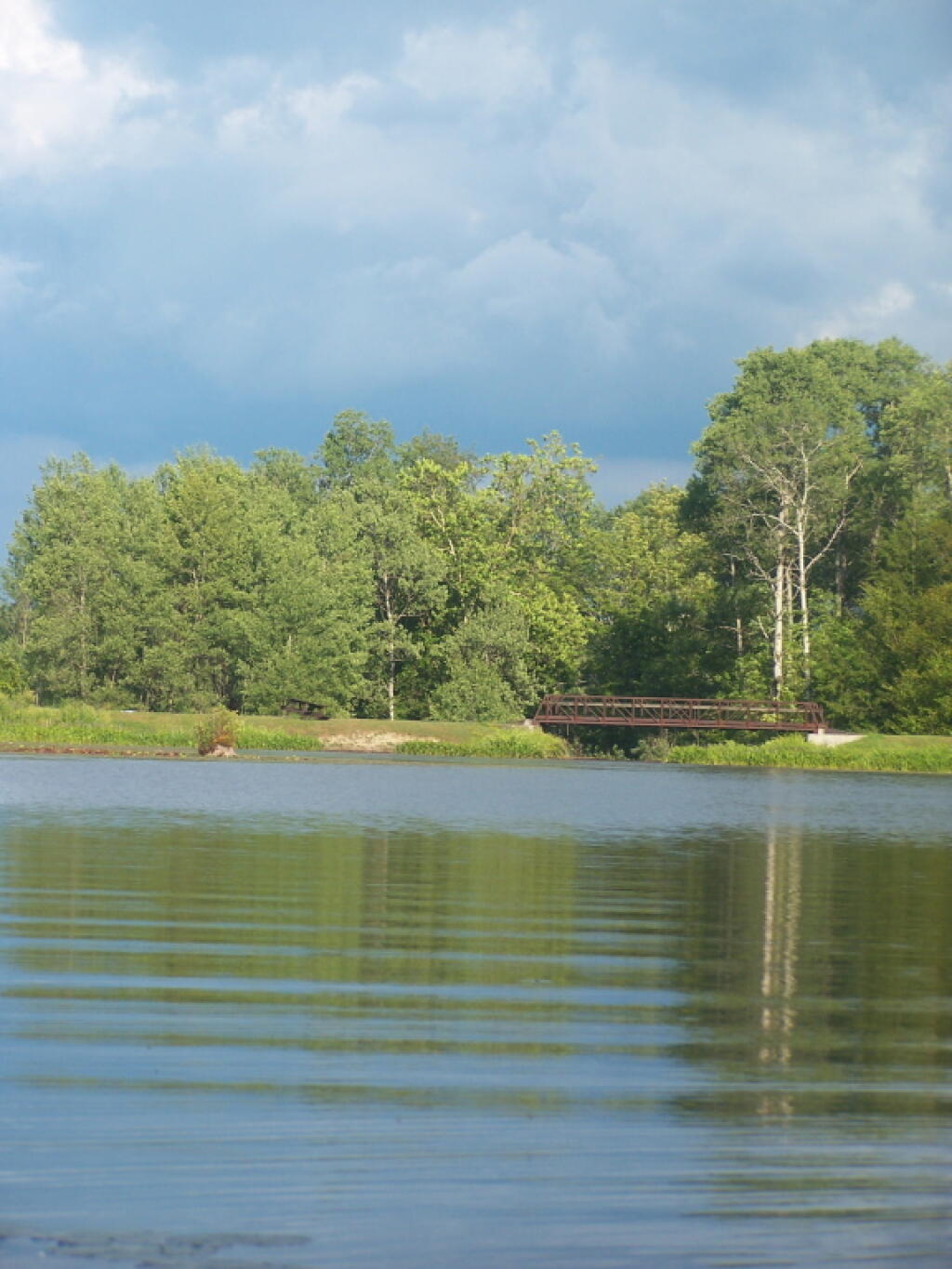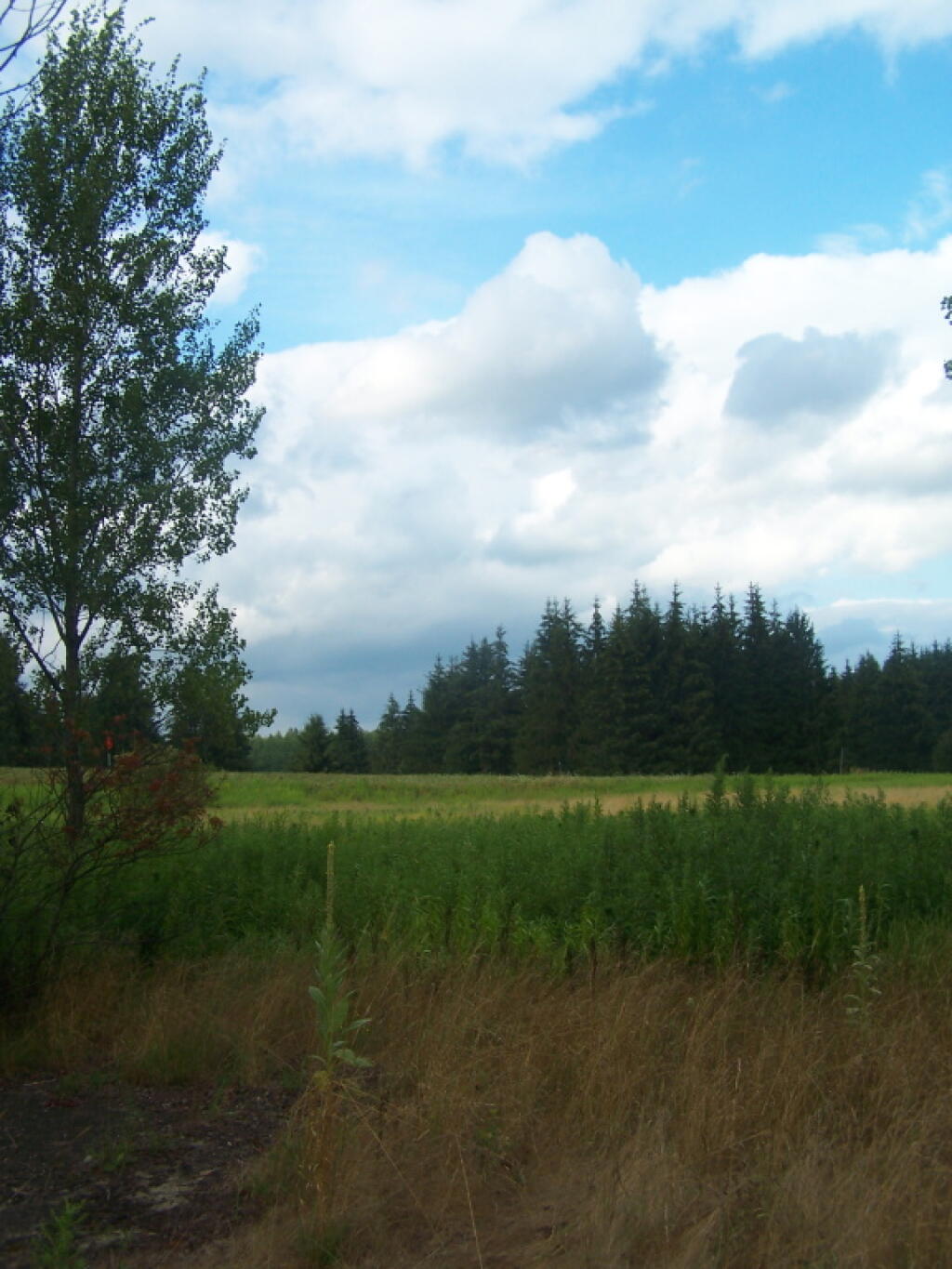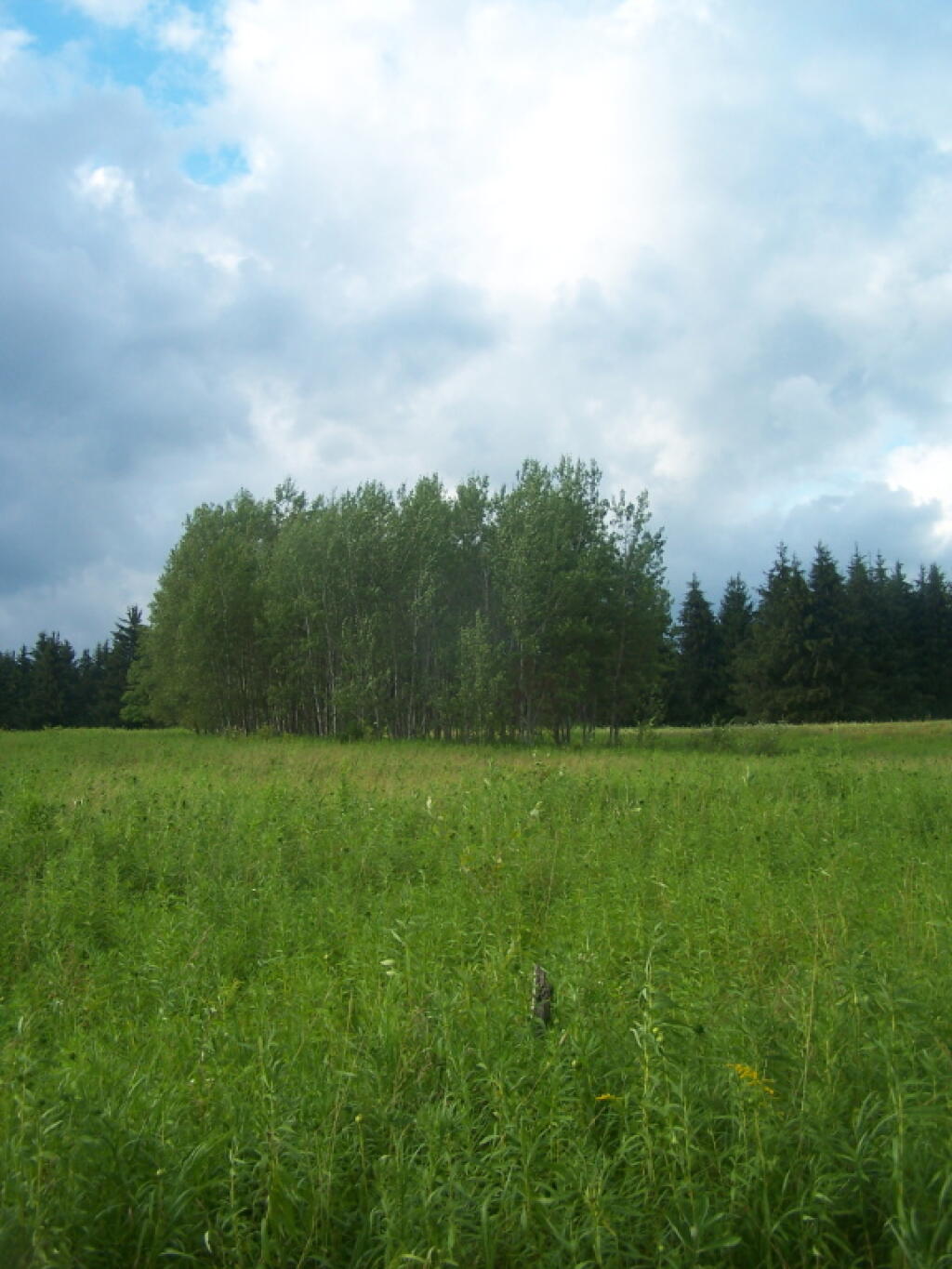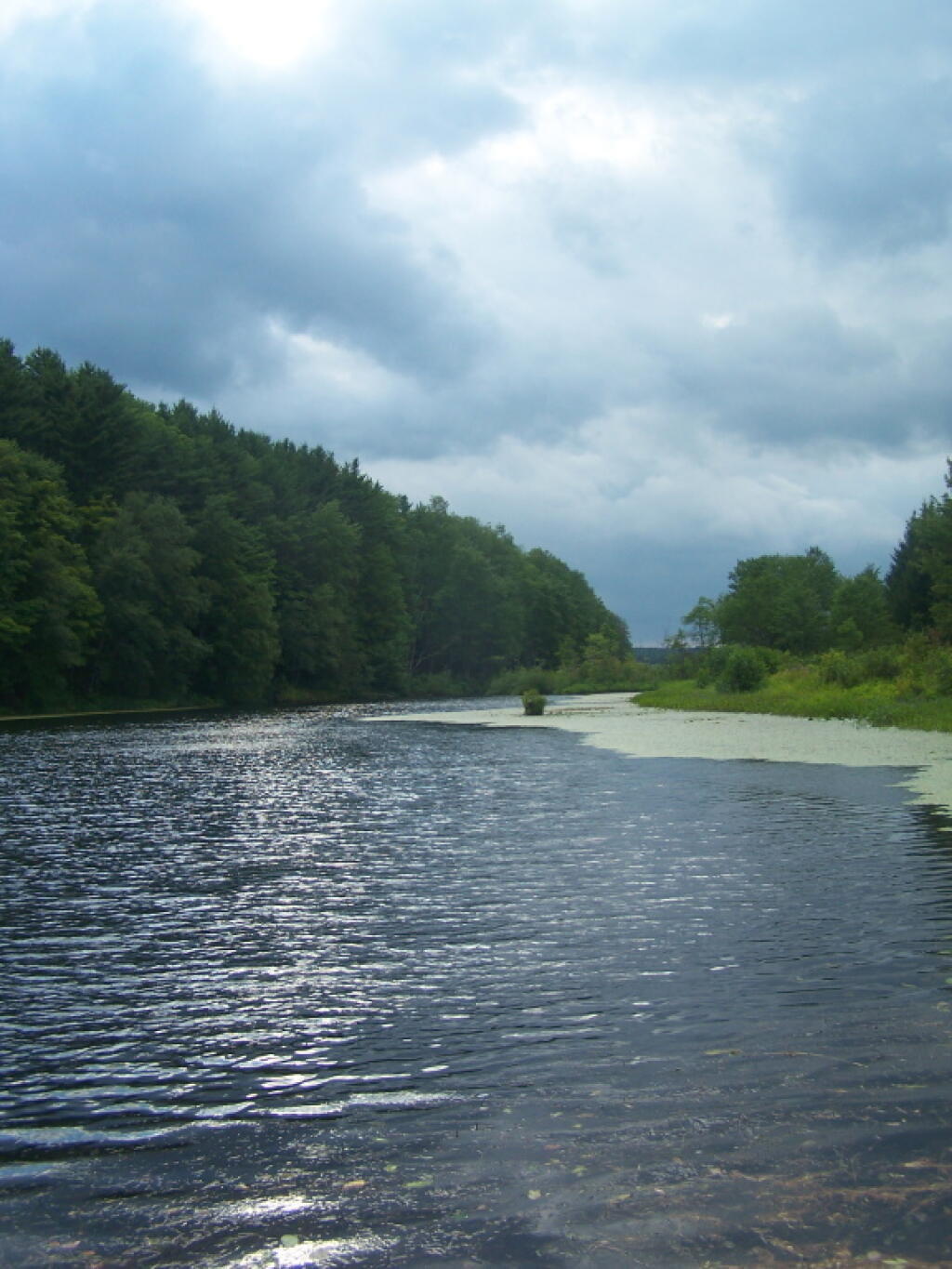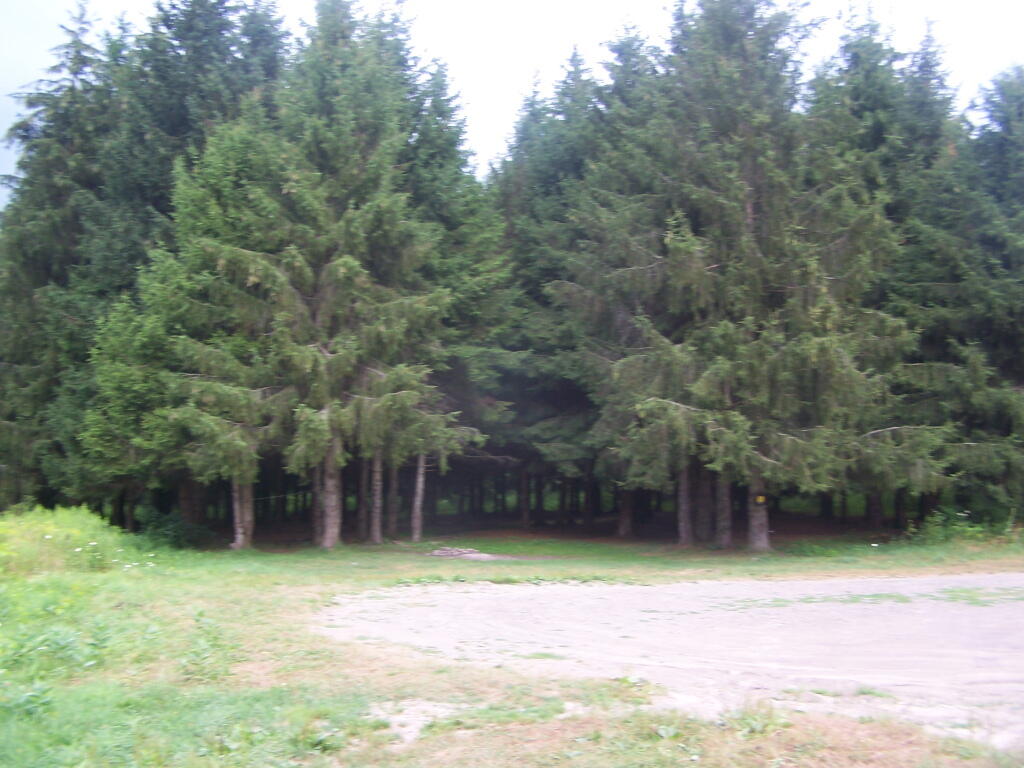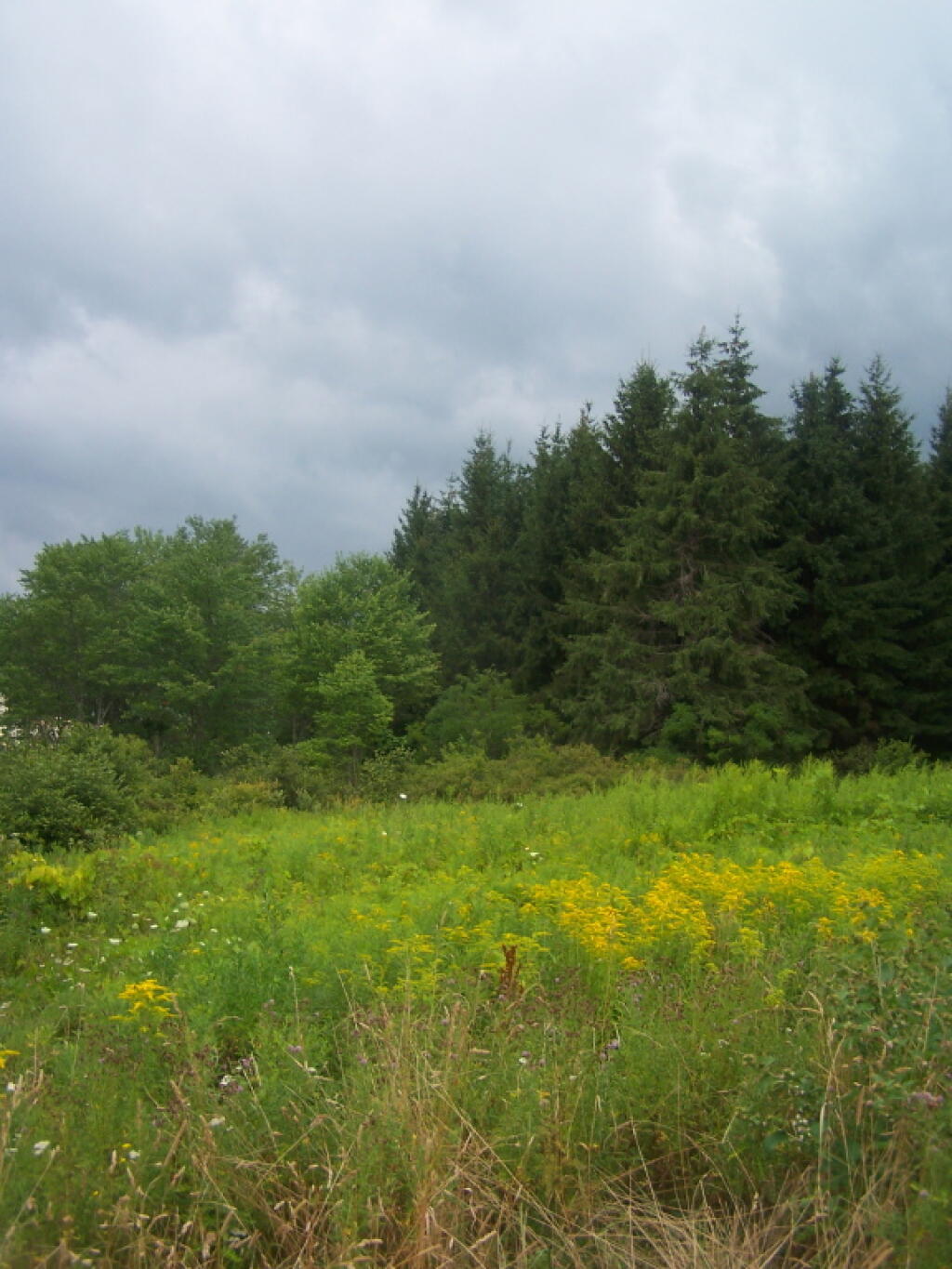Great Blue Heron
Taking a loon at you!
Taken on Friday July 29, 2011 at Long Pond State Forest.Bailed Hay Along Pond
Another Not a Very Nice
Kayaking Long Pond
Long Pond offers 8 designated roadside campsites, and a handful of other informal campsites on the other side of the lake. A large man-made lake in an agricultural landscape of Chenango County, it offers some excellent fishing and nice views, especially for Chenango County.
This map below shows where each picture was taken roughly in the area.
Cap and Trade or Performance Standards
After reading “Saving Energy, Growing Jobs” by David Goldstein, I am convienced that Preformance Standards, rather then Cap and Trade is a better way to reduce our greenhouse emissions.
Here is Why…
- Cost does not always induce conservation or efficency
- People and corporations are willing to pay a lot more for energy without changing behavior or investigating alternatives
- Individuals have little choice in buying efficent appliances — most appliances of a certain size consume a certain amount of energy
- Information on energy efficency is complex, little understood by the public
- Energy taxes will hurt the poor disproptionately
What Cap and Trade is…
- A hard national limit on emissions is set.
- A tax on emissions is set by a market based on the demand to emit carbon dioxide emissions. The more demand for carbon dioxide emissions, the higher the tax.
- Every consumer of energy pays a “tax” related to it’s carbon emissions as a disinsentive to consume energy that produces carbon dioxide emissions.
What Preformance and Efficency Standards Are…
- Every electric utility, every oil or gas supplier is required to meet a standard on how much carbon dioxide may be released per average unit of enery produced and distributed.
- If they are above that standard, they must buy alternative forms of energy as part of their mix to reduce their average carbon intensity. Failure to comply will lead to substantial fines. This is how Corporate Average Fuel Economy or CAFE works.
- Utilities along with oil and gas suppliers will be required buy more renewables and put them into their mix, to reduce the carbon intensity of the energy source they provide to consumers.
- Every new appliance, every new car or truck is required to meet a specified level of energy efficency. A televison for example, would be prohibited from consuming more then X watts per square inch.
Why Preformance Standards are Better…
- Preformance standards are not a tax or fee. They do not neccessarly raise the price of energy or of a consumer product.
- Consumers save money by ensuring the new appliances they buy are energy efficent. Consumers don’t pay an energy tax as with cap and trade.
- Preformance standards, per US Energy Law, do not prohibit features, but instead require high standards of efficency for all models. If you want to buy a gas guzzling SUV or big television, that’s your right, but manufacturers will be required to make sure the average of all cars and television sets are efficent.
There Are No Hard Targets for
Greenhouse Gases with Preformance Standards…
- Preformance standards are set based on national goals to reduce greenhouse emissions to levels that are demanded by science.
- The objection raised by Cap and Trade proponets is that preformance standards do not guarantee a set level of reduction of greenhouse gases by any one year.
- If people use a lot of electricity one year, or drive a lot of miles in their cars, then the preformance standards would be canceled out temporarly.
- The EPA can compensate by toughening preformance standards for energy generators and new appliances. People (at different times) are constantly replacing cars, television sets, and appliances. This leads to a constant chance at improval in energy efficency and a constant decline in carbon intensity.
- It’s better to have a system that has flexibility, so that carbon emissions can rise temporarily in relationship to a hot summer or sudden economic boom.
Why Preformance Standards Will Ultimately Win
in the Climate Change Debate….
- Preformance standards are generally allowed under existing law.
- The EPA can regulate emissions from smoke stacks, including carbon dioxide at the tonnage level or the per MW/hr level. The EPA would however need Congressional approval for a system that would set carbon dioxide standards public utility-wide level.
- Preformance standards for appliances are well established. While tightening of some standards would require Congressional approval, most legislators are far more comfortable with tougher energy efficency standards then an economy wide tax.
- Preformance standards are not a tax and do not raise energy prices.
- Energy efficency does mean a ban on any appliance or any feature people are used to. It’s the internal redesign of existing appliances, to make them consume less energy for each unit of work done.
Whitney Point (Jul 29, 2011)
[nycpseries postID=”14378″]



